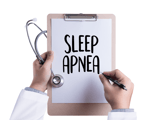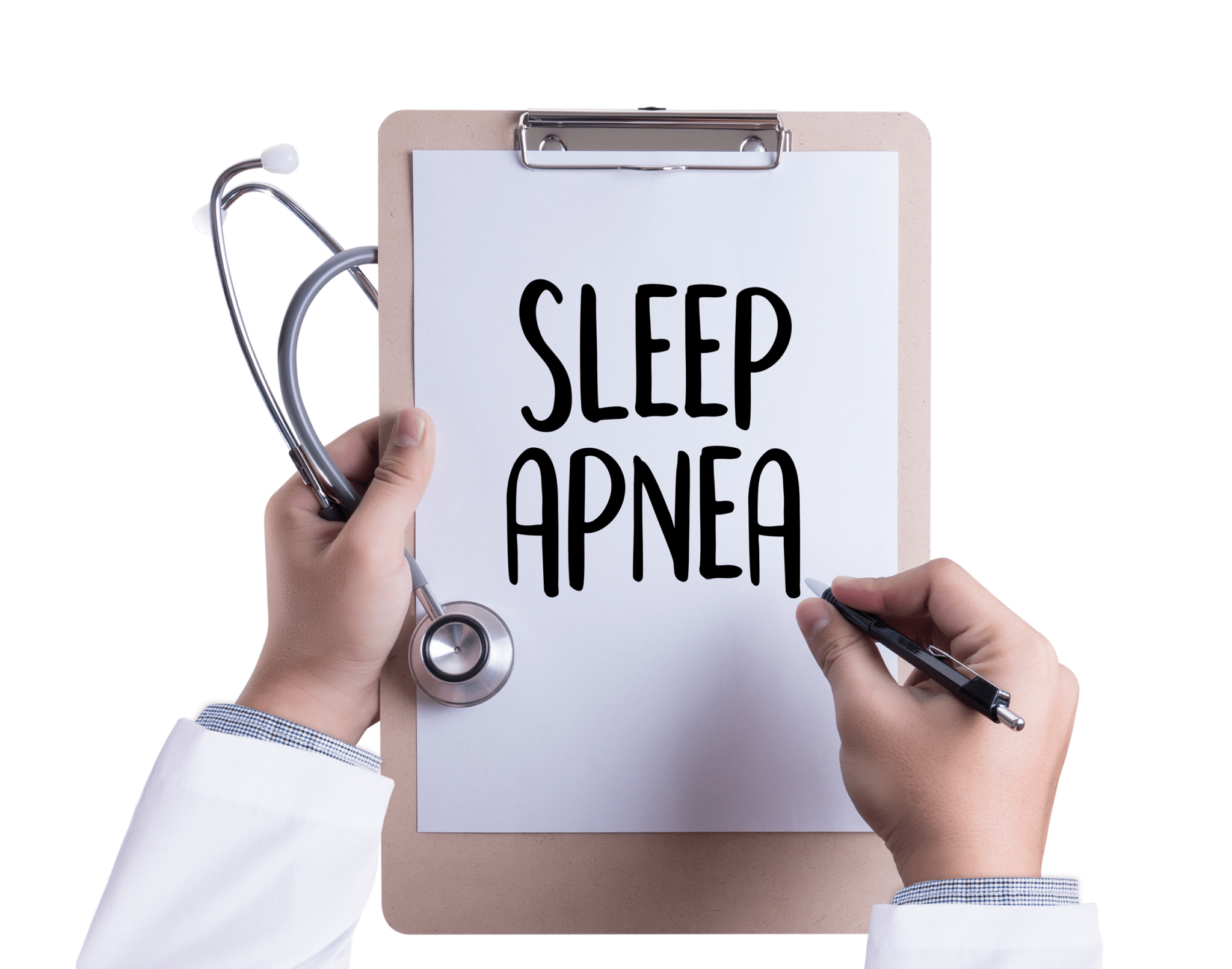 Today there are many sleep questionnaires available as screening tools to identify if patients are at risk for sleep apnea. Of these, there are three screening tools that are the most common: the Epworth Sleepiness Scale, the STOP-BANG Sleep Questionnaire, and the Berlin Questionnaire.
Today there are many sleep questionnaires available as screening tools to identify if patients are at risk for sleep apnea. Of these, there are three screening tools that are the most common: the Epworth Sleepiness Scale, the STOP-BANG Sleep Questionnaire, and the Berlin Questionnaire.
Epworth Sleepiness Scale (ESS): This scale is used to determine the level of daytime sleepiness. It is a series of eight questions you have to answer on a scale of 0-3. Based on the situation, you would choose the most appropriate number to determine how likely you are to doze off or fall asleep. If you score 10 or more on this test, you should consider whether you are obtaining adequate sleep, need to improve your sleep hygiene and/or need to see a sleep specialist. These issues should be discussed with your personal physician.
The scale below is to be used when choosing the most appropriate number for each situation:
0: would never doze or sleep
1: slight chance of dozing or sleeping
2: moderate chance of dozing or sleeping
3: high chance of dozing or sleeping
When you add up your total score, it will determine if you should consider seeing a sleep medicine specialist to diagnose and treat the cause of your sleepiness.
Understanding your score:
0-10: normal range in healthy adults
11-14: mild sleepiness
15-17: moderate sleepiness
18 or higher: severe sleepiness
If you score 11 or higher, you may be a candidate for the in-home sleep test.

STOP-Bang Questionnaire: This questionnaire is routinely used by physicians to screen patients for obstructive sleep apnea. It is named “STOP-Bang” based on the acronym as follows:
- Snoring?
- Tired? (Tired, Fatigued, or Sleepy during the daytime)
- Observed? (Stop breathing or choking/gasping during your sleep)
- Pressure? (High blood pressure)
- Body Mass Index (Is your BMI greater than 28?)
- Age (Are you over 50 years old?)
- Neck Size (Neck circumference greater than 16inches?)
- Gender (Male?)
The probability of moderate and severe OSA steadily increases with higher STOP-Bang scores. The high negative predictive value of the STOP-Bang questionnaire may indicate that patients are unlikely to have moderate-to-severe OSA. These characteristics make the STOP-Bang questionnaire a useful clinical tool to identify patients at high risk of OSA and can facilitate the diagnosis and treatment of unrecognized OSA.
.jpg?width=209&name=forms%20(1).jpg)
Berlin Questionnaire: This is a simple sleep apnea screening questionnaire used to identify the risk (low to high) of sleep disordered breathing. The questionnaire consists of 3 categories and risk is based on the responses to individual items and overall scores in the symptom categories.
- Category 1: Five questions asking if you experience certain symptoms of sleep apnea
- Category 2: Four questions asking about the duration or amount of time you have experienced certain symptoms
- Category 3: One question asking whether or not you have high blood pressure
If the patient scores positive in 1 category, it is considered “low risk for OSA”. If the patient scores positive in 2 of the 3 categories, it is considered to be “high risk for OSA”. This questionnaire requires an answer key in which is analyzed by a physician or medical staff.
You can find a PDF version of the Berlin Questionnaire by clicking here!








